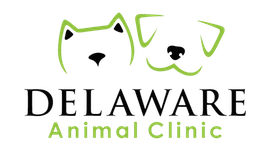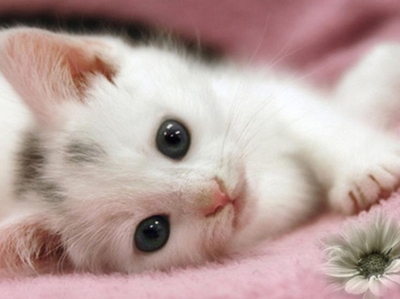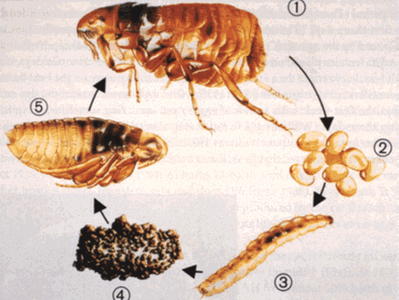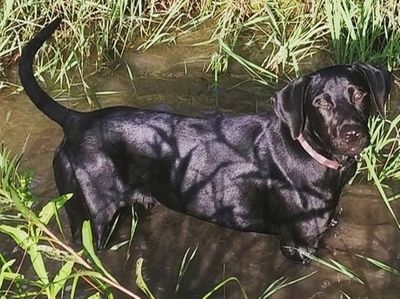
Halloween is one of my favorite holidays – fun for the whole family! But Halloween can hold some hidden dangers for our furry friends. Here are some tips to ensure that a happy and safe time is had by all.
Don’t give any of your Halloween treats to your pets. All chocolate candies, especially dark chocolate and baker’s chocolate, are dangerous for your pets. Chocolate can cause a variety of problems ranging from simple GI distress (vomiting and diarrhea) to more severe toxicity, including abnormal heart rhythm, seizures and death. Many sugar-free candies and gums are made with the artificial sweetener, xylitol.
This sweetener results in release of excessive amounts of insulin, resulting in a severe drop in blood sugar. Signs may progress to depression, seizures, and liver failure. Another big toxic risk for dogs includes anything with raisins or grapes. Even just a few raisins or grapes can cause sudden kidney failure and death.
The constant ringing of the doorbell and sounds from excited trick-or-treaters in scary costumes can be stressful to even the most well-adjusted pet. Keeping your pet in a room away from the front door during trick-or-treating hours can help prevent unnecessary anxiey. It is also easy for a pet to slip out the door unnoticed in all of the Halloween excitement. Be sure your pets have collars, tage and microchips so they may be safely returned home in the event of an unplanned escape. If you are going to be away from the house, consider leaving a television or radio on for your pet to mask the sound of loud noises outside.
If you choose to dress your pet in a costume this Halloween, be sure that the costume fits correctly and does not cause any restriction to your pet’s movement, hearing, vision, or breathing. There should be no dangling parts or small pieces to the costume that could pose a stangulation hazard, or that could be chewed off, swallowed or choke your pet. Always be sure your pet is not showing signs of stress while costumed. If your pet seems miserable or anzious, take the costume off right away.
Remember that Halloween is supposed to be fun! By following a few precautions and being mindul of your pet’s behavior and stress level, every one can have a happy and safe Halloween.
Happy Halloween from Dr. Dawn Karnicki & the staff of Delaware Animal Clinic!









